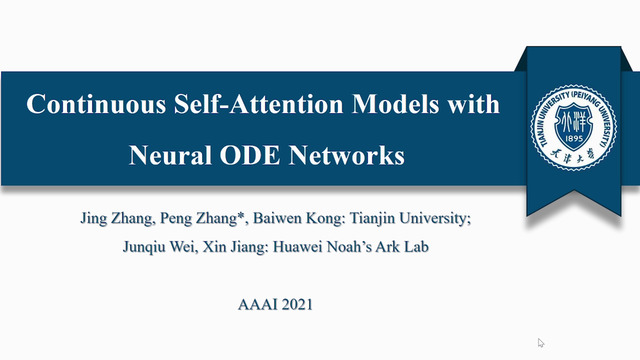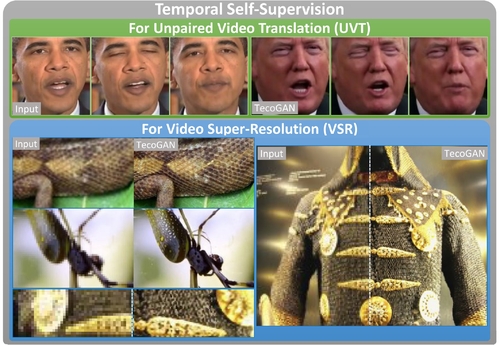Abstract:
The earliest models for discontinuous constituency parsers used mildly context-sensitive grammars, but the fashion has changed in recent years to grammar-less transition-based parsers that use strong neural probabilistic models to greedily predict transitions. We argue that grammar-based approaches still have something to contribute on top of what is offered by transition-based parsers. Concretely, by using a grammar formalism to restrict the space of possible trees we can use dynamic programming parsing algorithms for exact search for the most probable tree. Previous chart-based parsers for discontinuous formalisms used probabilistically weak generative models. We instead use a span-based discriminative neural model that preserves the dynamic programming properties of the chart parsers. Our parser does not use an explicit grammar, but it does use explicit grammar formalism constraints: we generate only trees that are within the LCFRS-2 formalism. These properties allow us to construct a new parsing algorithm that runs in lower worst-case time complexity of O(l nˆ4 +nˆ6), where <span class="tex-math">n</span> is the sentence length and <span class="tex-math">l</span> is the number of unique non-terminal labels. This parser is efficient in practice, provides best results among chart-based parsers, and is competitive with the best transition based parsers. We also show that the main bottleneck for further improvement in performance is in the restriction of fan-out to degree 2. We show that well-nestedness is helpful in speeding up parsing, but lowers accuracy.









































